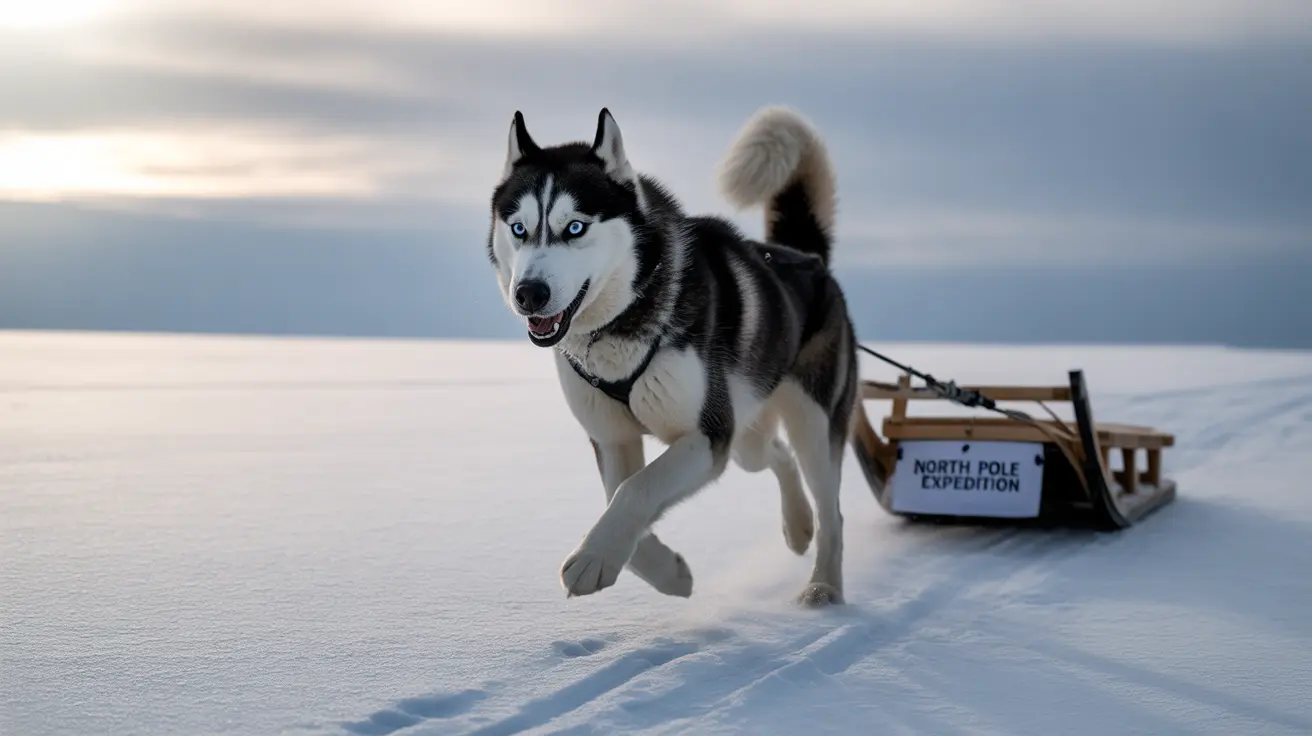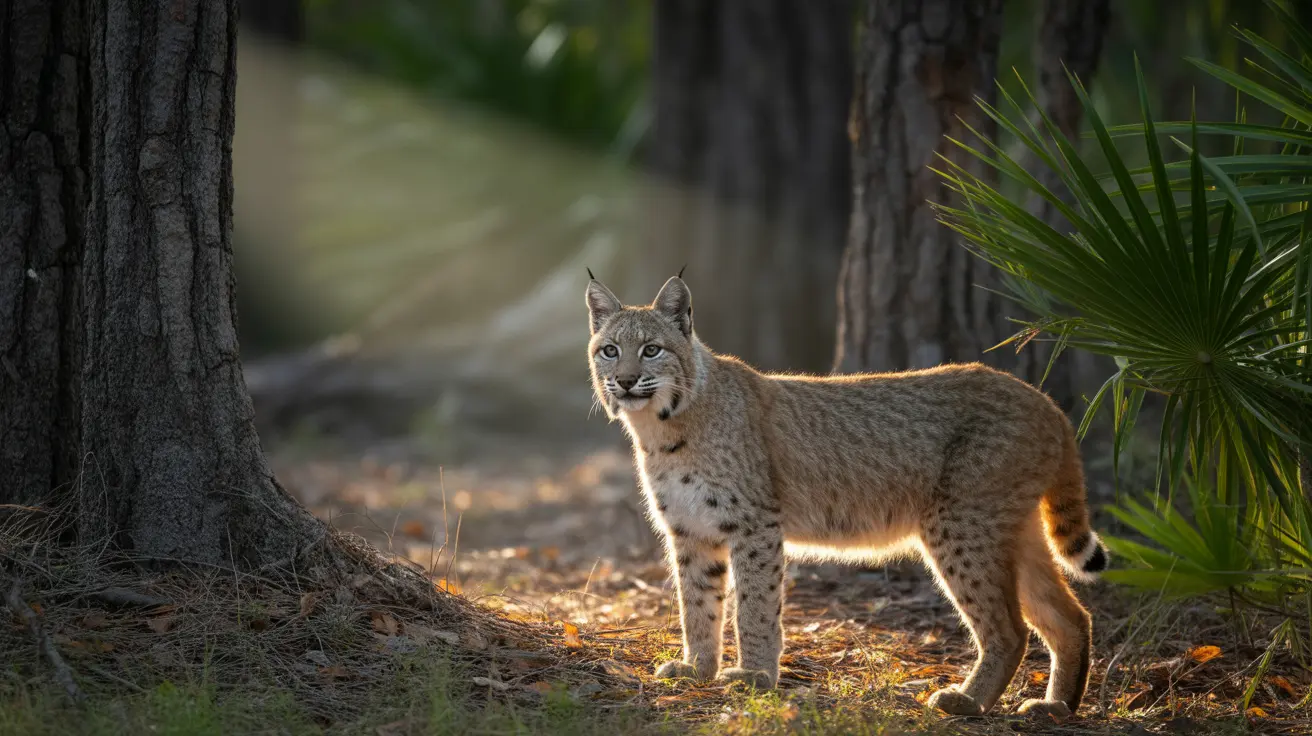Sled dogs have played a crucial role in human survival and exploration of Arctic regions for thousands of years. These remarkable canines combine strength, endurance, and intelligence to help humans navigate some of the world's most challenging environments. Let's explore ten fascinating facts about these incredible working dogs and their enduring legacy.
Ancient Origins and Historical Significance
Archaeological evidence shows that humans began using sled dogs as early as 9,000 years ago in the Arctic region. Remains discovered on Zhokov Island in northeastern Siberia confirm that these early sled dogs were specifically bred for their pulling capabilities and cold weather resilience.
The relationship between humans and sled dogs proved crucial for survival in Arctic regions, enabling transportation, hunting, and trade across vast frozen landscapes. This partnership helped Indigenous peoples thrive in some of Earth's most challenging environments.
Breed Development and Characteristics
While several breeds are known for sledding, the most renowned include the Alaskan Malamute, Siberian Husky, and Samoyed. These breeds share common traits essential for Arctic work: thick double coats, strong pulling instincts, and remarkable endurance.
Modern racing teams often use Alaskan Huskies, a type of purpose-bred dog that combines the best traits of traditional sled dogs with enhanced speed and stamina. These dogs typically weigh between 40-60 pounds, an optimal size for both power and efficiency.
Team Structure and Training
Sled dog teams operate with a sophisticated hierarchy. Lead dogs guide the team and interpret commands, while wheel dogs (closest to the sled) provide power and stability. Swing dogs help with turning, and team dogs supply consistent pulling power throughout the journey.
Training begins when dogs are young and continues throughout their working lives. Mushers use specific commands like "gee" (right), "haw" (left), and "whoa" (stop) to direct their teams, developing strong bonds through consistent training and care.
Modern Racing and Achievements
The Iditarod Trail Sled Dog Race, covering approximately 1,000 miles across Alaska, stands as the most famous modern sled dog competition. This grueling event commemorates the 1925 serum run to Nome, where sled dogs and mushers delivered life-saving diphtheria medicine.
During major races, sled dogs can run up to 100 miles per day, consuming up to 10,000 calories daily to maintain their energy levels. They're capable of maintaining speeds of 10-15 mph over long distances in temperatures as low as -40°F.
Health and Care Requirements
Sled dogs require specialized care to maintain their peak performance. This includes high-protein, high-fat diets, regular veterinary check-ups, and careful attention to foot care. During races, they wear protective booties to prevent snow and ice damage to their paws.
Year-round conditioning ensures these athletes stay fit, with off-season training often involving carting or running with special equipment that simulates sled pulling in non-snow conditions.
Frequently Asked Questions
What are the top historical facts every sled dog owner should know about these Arctic working dogs?
Sled dogs have been working with humans for over 9,000 years, playing crucial roles in Arctic exploration, mail delivery, and survival. The famous 1925 serum run to Nome, Alaska, showcased their importance when they delivered life-saving medicine across 674 miles in just 5.5 days.
How do sled dogs like Siberian Huskies and Alaskan Malamutes differ in their roles and strengths when pulling sleds?
Siberian Huskies are typically faster and better suited for racing, while Alaskan Malamutes are stronger and better for heavy freight pulling. Huskies excel in endurance racing, while Malamutes traditionally handle heavier loads over shorter distances.
What is the best way to train a dog to reliably pull a sled using commands like "mush," "gee," and "haw"?
Training begins with basic obedience and gradually introduces pulling commands. Start with short distances, consistently use voice commands, and reward proper responses. Training alongside experienced sled dogs helps newcomers learn the commands and proper pulling technique.
How do mushers organize sled dog teams, and what are the specific roles of lead, swing, team, and wheel dogs?
Lead dogs guide the team and respond to commands, swing dogs help with turning, team dogs provide steady pulling power, and wheel dogs (closest to the sled) help steer and provide strong, steady pulling power.
What health and safety precautions are essential for sled dog care during intense races or long-distance mushing?
Essential precautions include regular vet checks, proper nutrition with high-calorie diets, foot care including protective booties, adequate rest periods, and monitoring for signs of fatigue or injury. Mushers must also ensure proper hydration and maintain appropriate running speeds based on conditions.






